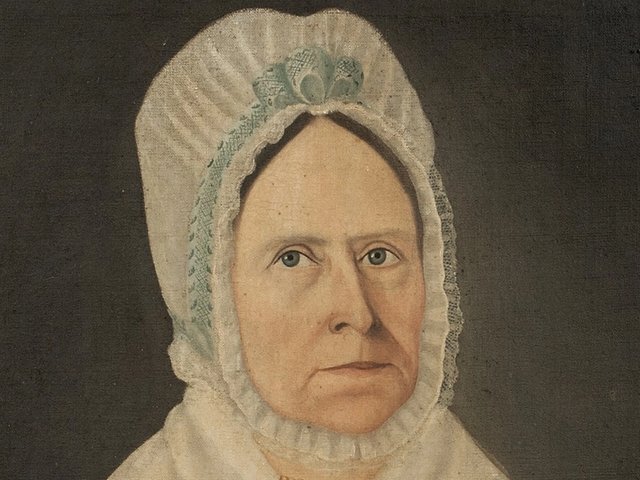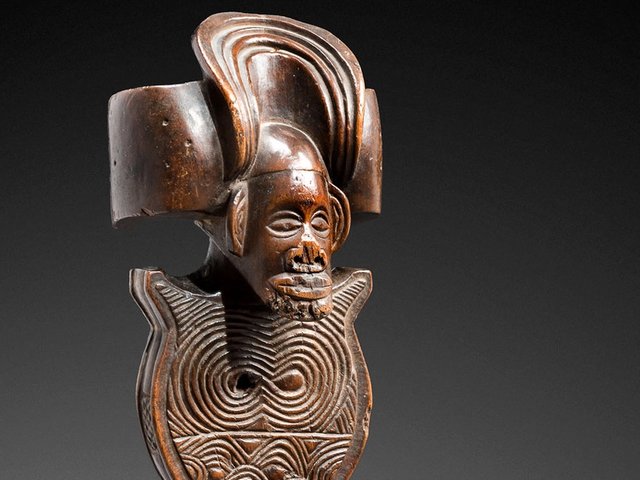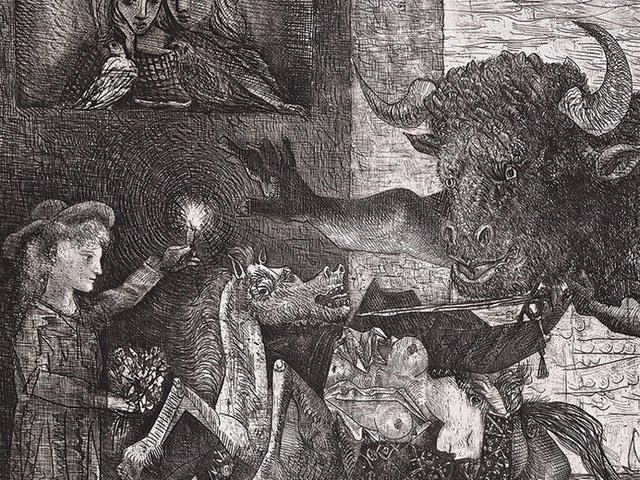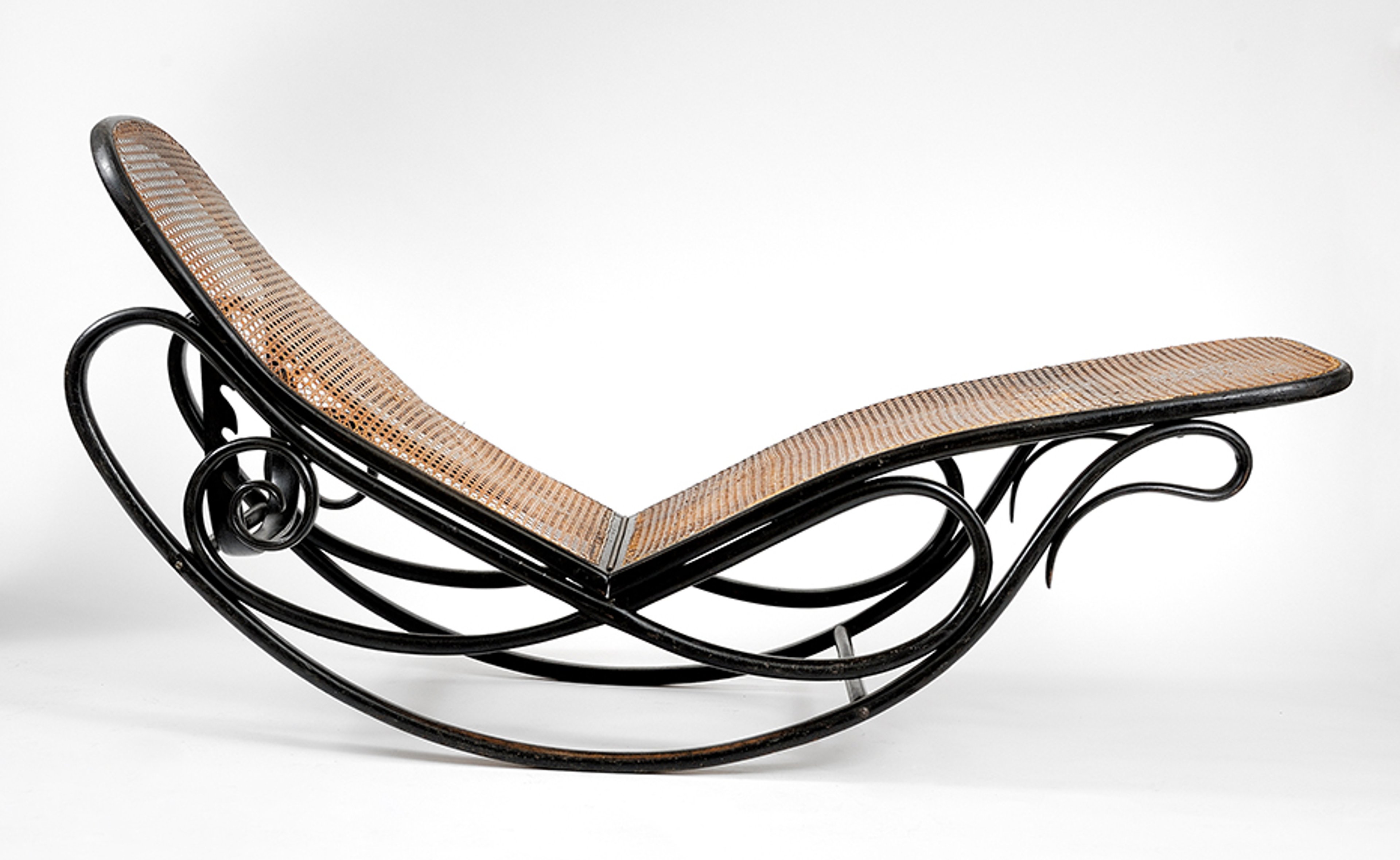
Thonet Brothers, Rocking Sofa (before 1879) Thonet: Collection Thillmann, Van Ham, Cologne, 22 January. ESTIMATE: €6,800-€7,500 This curved rocking chair is a typical example of the “bentwood technique” pioneered by the German-Austrian designer Michael Thonet in the 19th century, whereby wood was manipulated into sinuous shapes using hot steam. This enabled the creation of elegant, lightweight furniture–a complete departure from the heavy, carved designs that had proliferated. Such a new aesthetic quickly gained a following among fashionable Austrians, including Prince Metternich, who invited Thonet to display his works to the Imperial family in 1842. Credited as being the first chair capable of being industrially produced, these pieces quickly became a part of Vienna’s burgeoning coffeehouse culture. Their lean aesthetic appeal was favoured by architects such as Le Corbusier and Otto Wagner. Courtesy of the Thillmann Collection
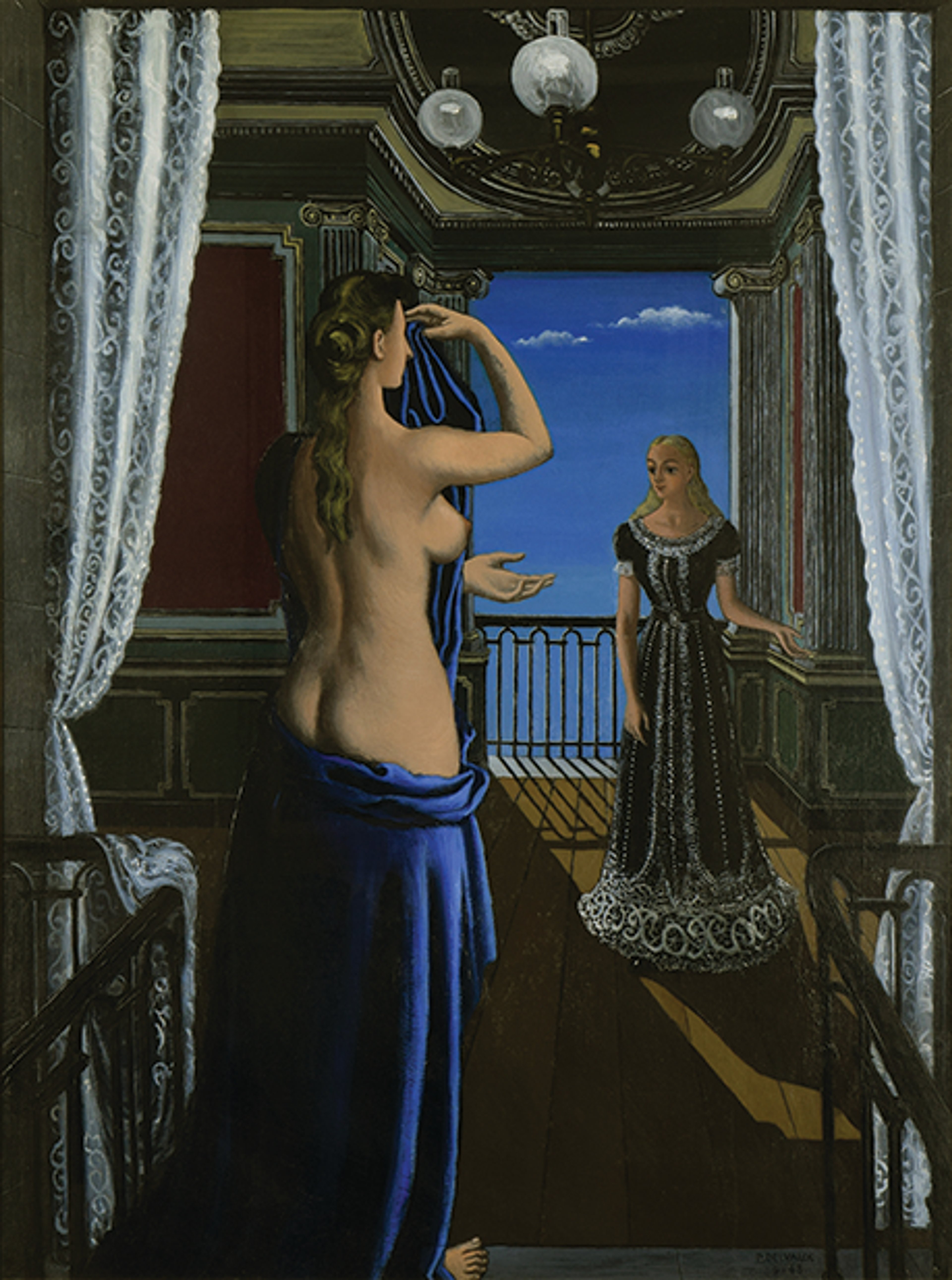
Paul Delvaux’s Le Balcon (1948). Stern Pissarro, Brafa Art Fair, 26 January-3 February. €3M: Though he rejected any formal association with the Surrealists, the group’s influence on Paul Delvaux—especially that of his fellow Belgian René Magritte—is undeniable. Bought by the present owner from a New York collector in 1970, this work focuses on two typically Delvauxian women, one nude, the other seemingly hypnotised. Somewhat creepy, his works are not to everyone’s tastes but find a strong following with the Belgian crowd at Brafa. Often focusing on hallucinatory reimaginings of Classical Greek mythology, Delvaux’s use of erotic motifs has led his work to be described as a visual representation of Freudian dreams. Courtesy of BRAFA Art Fair
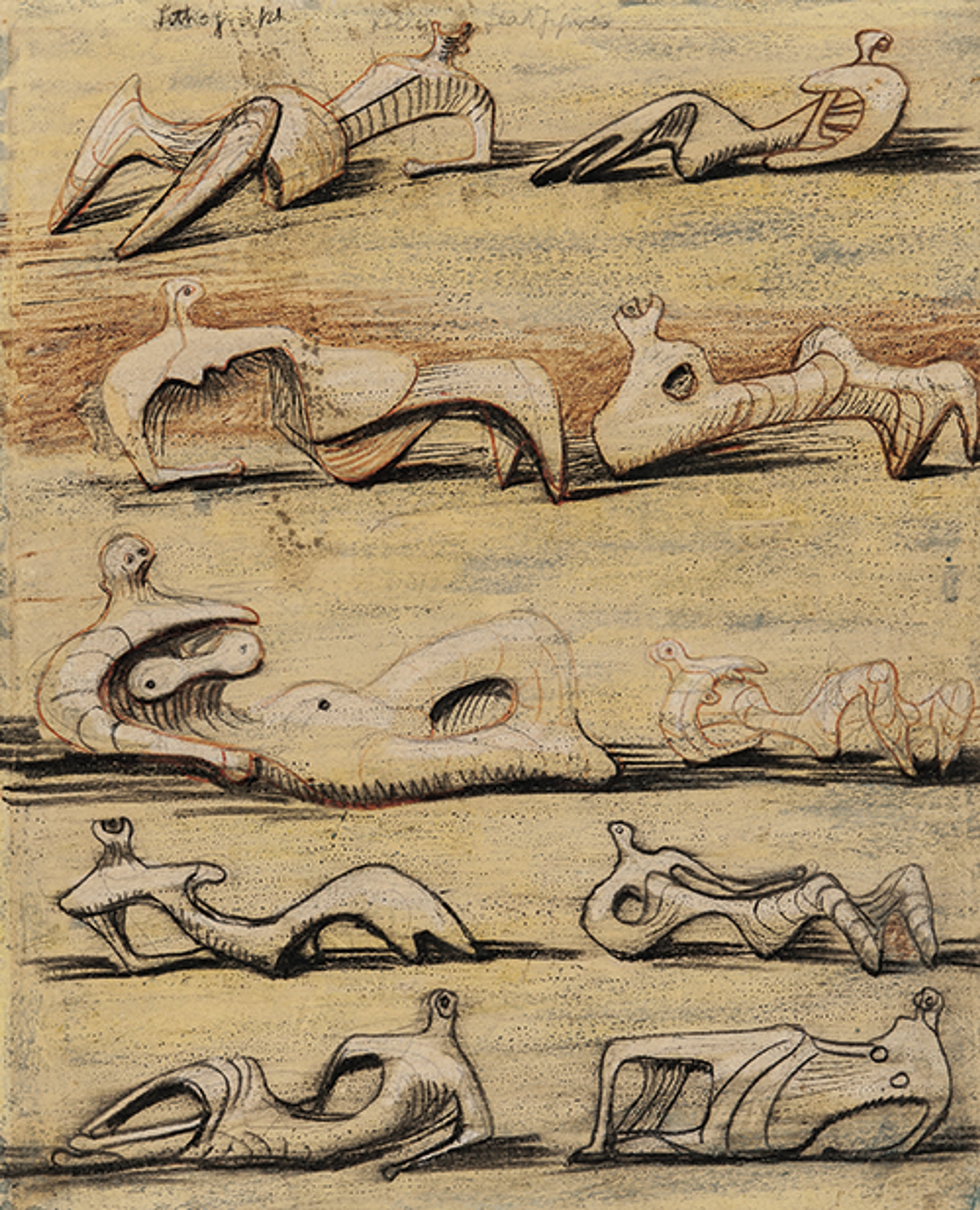
Henry Moore, Reclining Figures (1948-50). American & European Works of Art, Skinner, Boston, 25 January. ESTIMATE $50,000-$70,000: This pencil, wax crayon and watercolour on paper was originally bought from Henry Moore in 1954 by a Lebanese lecturer of Arabic at Oxford University, who, years later, had an argument with guests about whether the work was an original drawing or a lithograph. In 1973, she wrote a letter to Moore stating that she and her husband “have always prided ourselves on having a genuine Henry Moore, probably the only one of its kind in Lebanon”, and asking the artist to “remove one source of conflict from the Middle East” by authenticating it. The lot includes this letter and a letter from the artist confirming he intended to produce a lithograph from the drawing Courtesy of Skinner, Boston
Thonet Brothers, Rocking Sofa (before 1879) Thonet: Collection Thillmann, Van Ham, Cologne, 22 January. ESTIMATE: €6,800-€7,500 This curved rocking chair is a typical example of the “bentwood technique” pioneered by the German-Austrian designer Michael Thonet in the 19th century, whereby wood was manipulated into sinuous shapes using hot steam. This enabled the creation of elegant, lightweight furniture–a complete departure from the heavy, carved designs that had proliferated. Such a new aesthetic quickly gained a following among fashionable Austrians, including Prince Metternich, who invited Thonet to display his works to the Imperial family in 1842. Credited as being the first chair capable of being industrially produced, these pieces quickly became a part of Vienna’s burgeoning coffeehouse culture. Their lean aesthetic appeal was favoured by architects such as Le Corbusier and Otto Wagner. Courtesy of the Thillmann Collection
Object Lessons: from a pioneering wooden chair to a hypnotic Delvaux painting
Our highlights from January's fairs and auctions
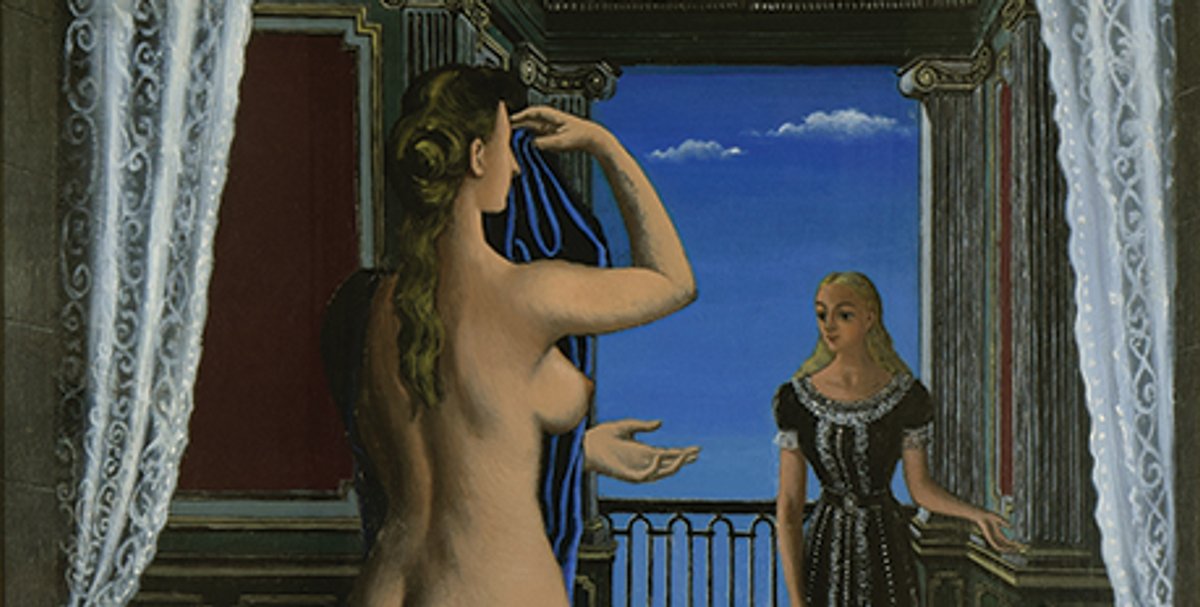
Paul Delvaux


